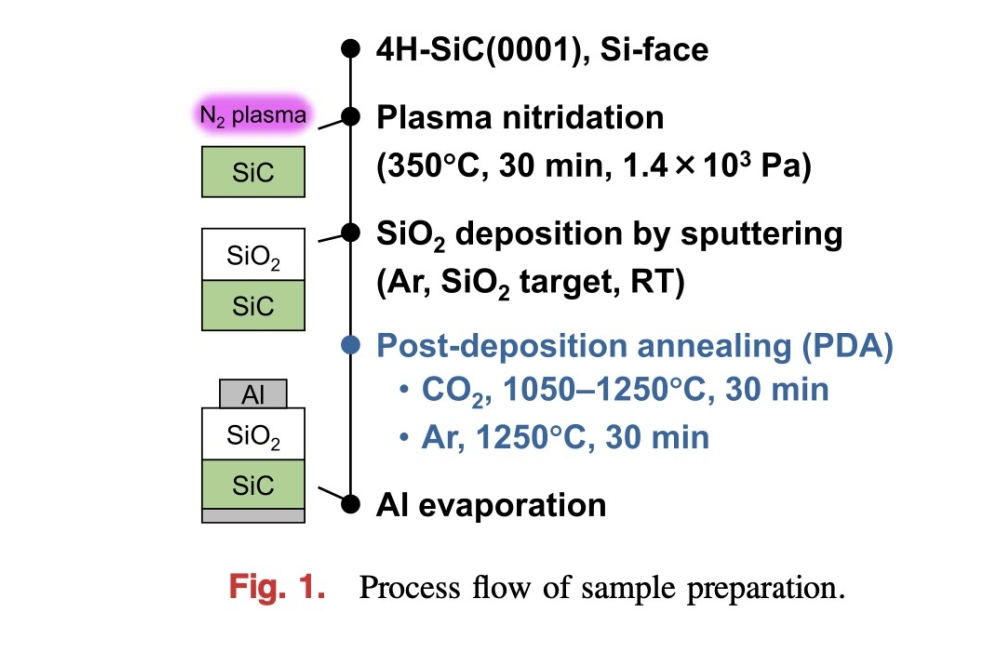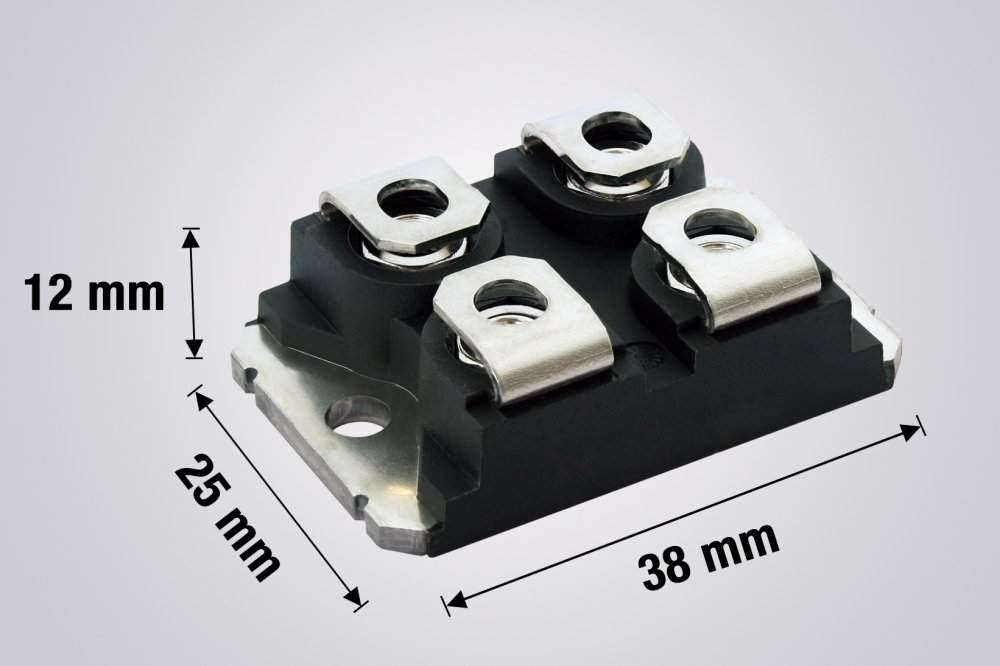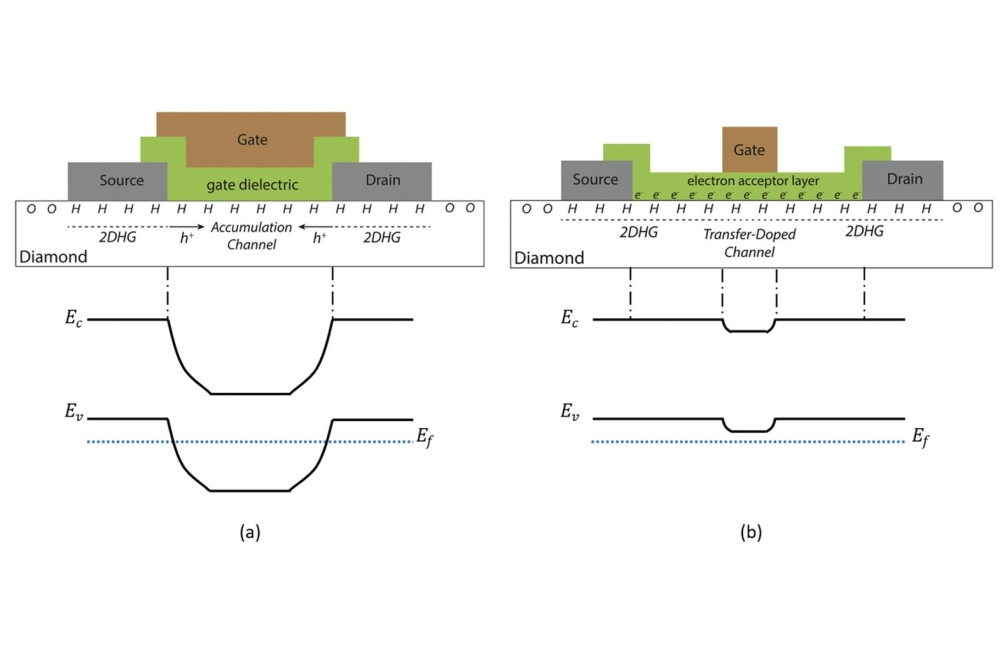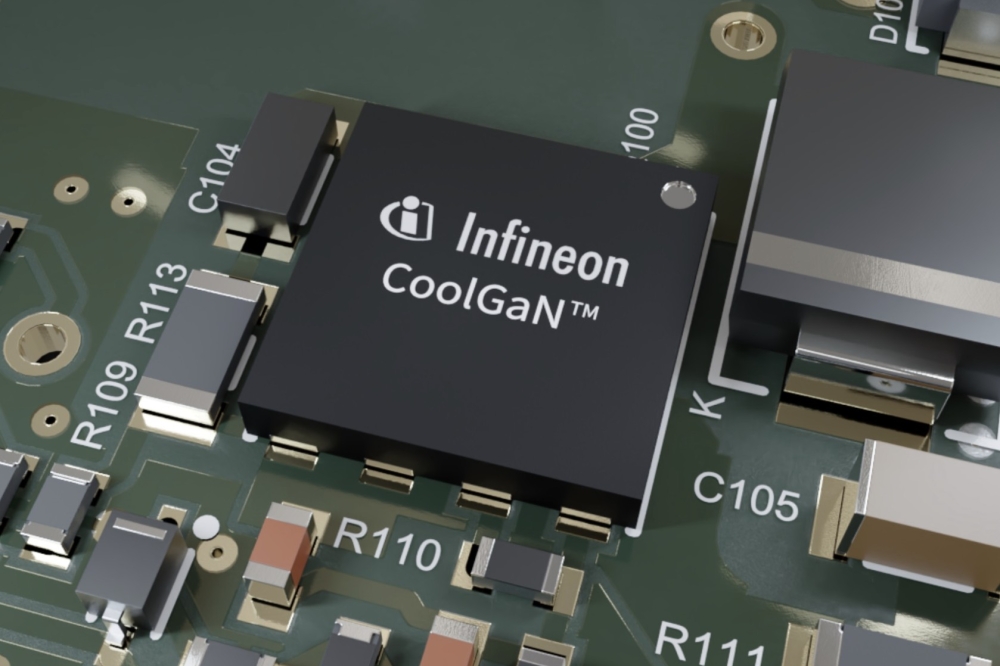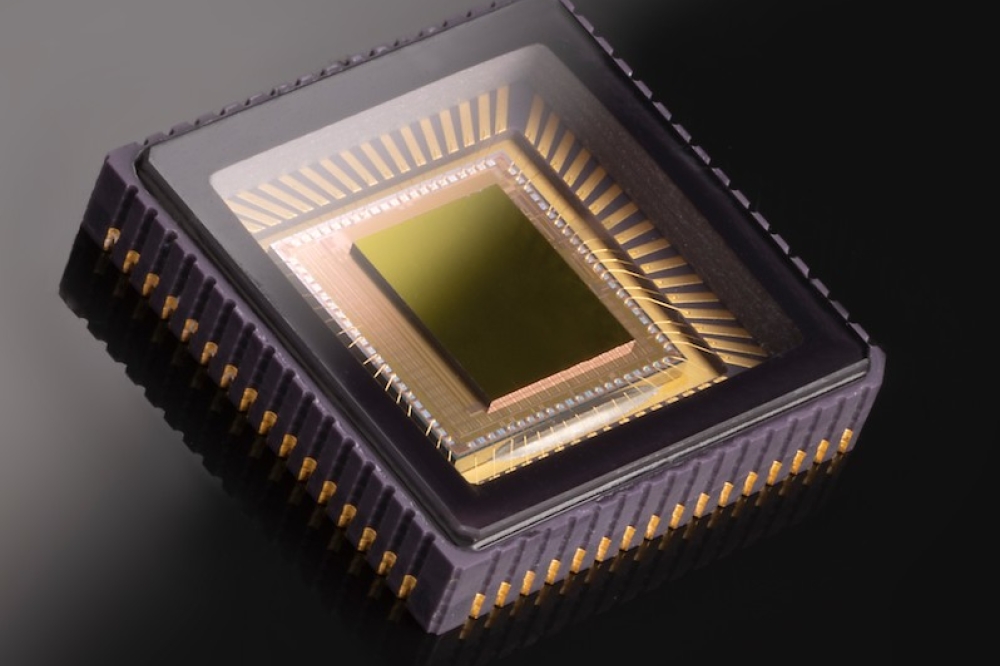HZB develops CIGS-Perovskite tandem cell
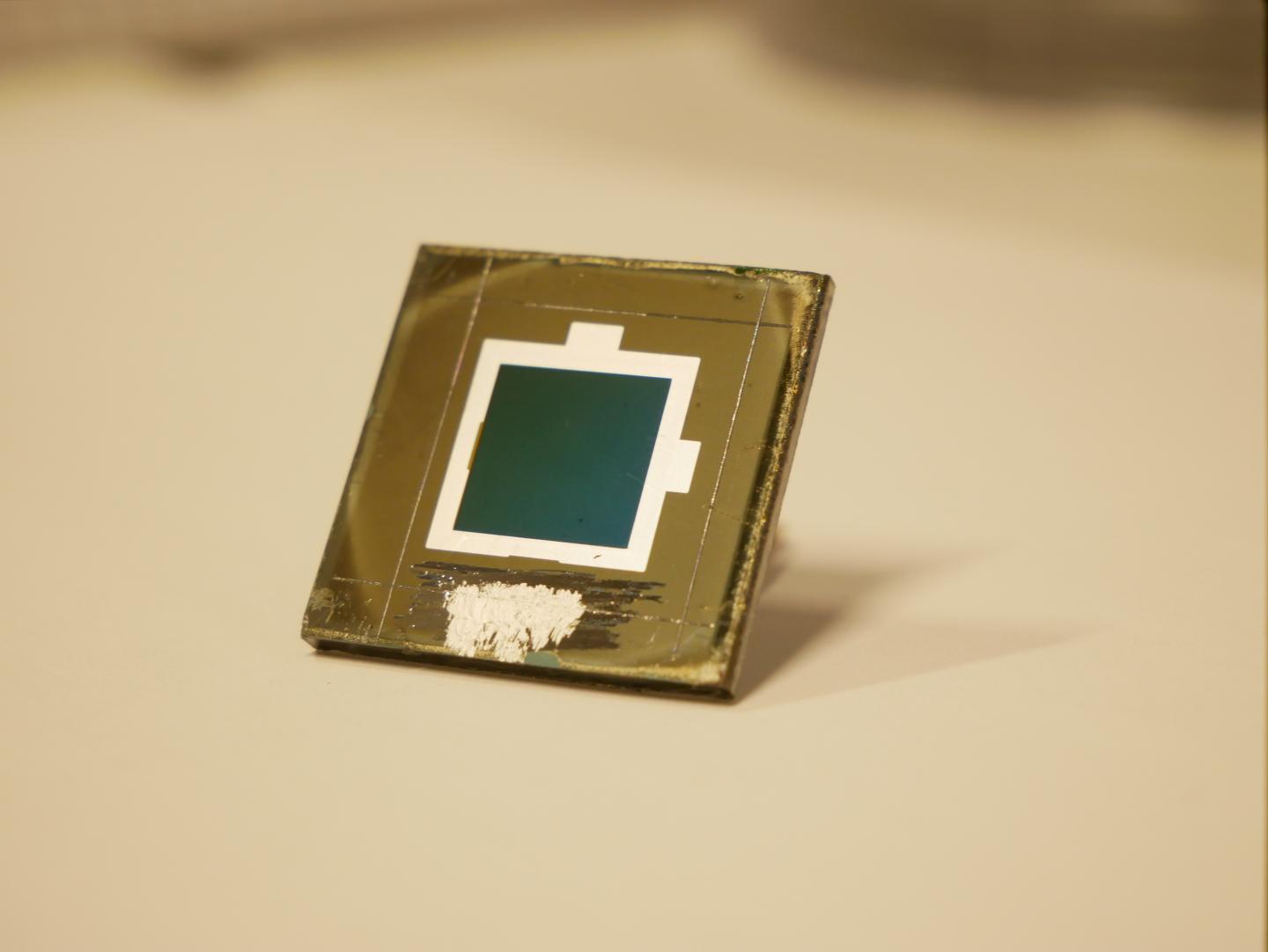
Flexible solar cell achieves 24.16 percent efficiency
Scientists from Helmoltz Zentrum Berlin (HZB) in Germany have announced a novel 1cm2 tandem solar cell combining CIGS and metal-halide perovskite. The CIGS film, which converts the infrared light to electricity, is 3 to 4 micrometers thick. The perovskite layer, which converts the visible light to electricity, is only 0.5 micrometers.
The new perovskite CIGS tandem cell achieves an efficiency of 24.16 percent. The results were published in the journal JOULE.
"This combination is also extremely light weight and stable against irradiation, and could be suitable for applications in satellite technology in space", says Steve Albrecht, who heads a research group at HZB and is a junior professor at the Technical University of Berlin.
"This time, we have connected the bottom cell (CIGS) directly with the top cell (perovskite), so that the tandem cell has only two electrical contacts, so-called terminals", explains Christian Kaufmann from PVcomB at HZB, who developed the CIGS bottom cell with his team and he adds "Especially the introduction of rubidium has significantly improved the CIGS absorber material".
"We used a trick that we had previously developed," explains former postdoc from Albrecht's group Marko Jošt, who is now a scientist at the University of Ljubjana, Slovenia. They applied so-called SAM molecules to the CIGS layer, which form a self-organised monomolecular layer, improving the contact between perovskite and CIGS.
Since such '2 Terminal' tandem cells made of CIGS and perovskite now represent a separate category, the National Renewable Energy Lab NREL, USA, has created a new branch on the famous NREL chart (above) for this purpose. This chart shows the development of efficiencies for almost all solar cell types since 1976. Perovskite compounds have only been included since 2013 - the efficiency of this material class has increased more steeply than any other material.
Recently, several world records for tandem solar cells made of perovskite in combination with inorganic semiconductors have been reported from HZB.Currently, Albrecht's team also holds the world record for tandem cells made of silicon and perovskite with 29.1 percent, which is also listed in the NREL charts.
'Proton Radiation Hardness of Perovskite Tandem Photovoltaics' by Lang et al; Joule (2020)

